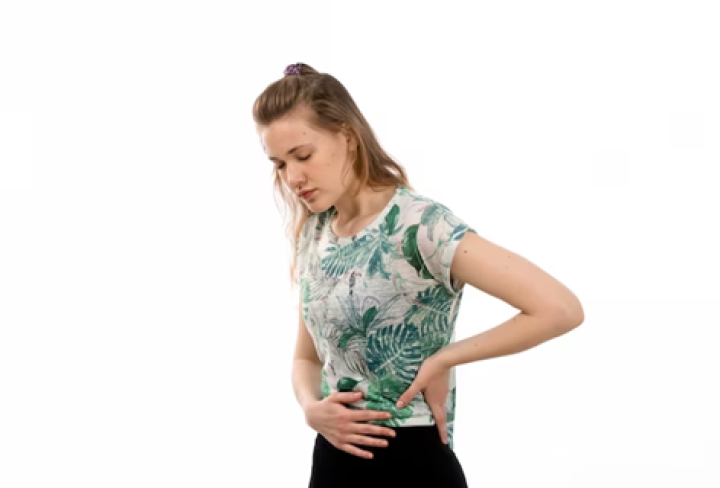Introduction: Kidney stones, those tiny but mighty mineral deposits formed within our kidneys, have been causing havoc in the human body for centuries. From their excruciating pain to the complications, they can lead to, kidney stones are a force to be reckoned with. In this blog, we’ll explore the world of kidney stones, their causes, symptoms, and available treatment options. So, let’s dive right in!
I. The Formation of Kidney Stones
- Calcium oxalate: The most common type of kidney stone, formed when calcium and oxalate join forces.
- Uric acid: Occurs when urine is too acidic, leading to the formation of uric acid crystals.
- Struvite stones: Develop as a result of urinary tract infections and are composed of magnesium, ammonium, and phosphate.
- Cystine stones: Rare and caused by a genetic disorder that affects the amino acid cystine.
II. What Causes Kidney Stones?
- Dehydration: Insufficient water intake can lead to concentrated urine, increasing the risk of stone formation.
- Diet: Consuming excessive amounts of oxalate-rich foods like spinach, beets, and chocolate can contribute to stone formation.
- Family history: If close relatives have had kidney stones, you are more likely to develop them too.
- Obesity: Higher body mass index (BMI) is associated with an increased risk of kidney stones.
- Certain medical conditions: Conditions such as urinary tract infections, hyperparathyroidism, and inflammatory bowel disease can increase the likelihood of stone formation.
III. Symptoms and Diagnosis
- Severe pain: Intense and fluctuating pain in the back, abdomen, or side is a classic symptom.
- Hematuria: Blood in the urine, often visible to the naked eye, may indicate the presence of kidney stones.
- Frequent urination: A persistent urge to urinate and an increased frequency can be signs of kidney stones.
- Imaging tests: X-rays, ultrasounds, and CT scans help in identifying and locating kidney stones within the body.
IV. Treatment Options
- Drinking plenty of water: Staying hydrated helps flush out smaller stones and prevents the formation of new ones.
- Medications: Depending on the type of stone, medications may be prescribed to prevent further stone formation or assist in passing them naturally.
- Extracorporeal shock wave lithotripsy (ESWL): High-energy sound waves are used to break up the stones into smaller pieces, making them easier to pass.
- Ureteroscopy: A thin tube is inserted into the urinary tract to locate and remove or break up larger stones.
- Surgery: In some cases, surgical intervention may be necessary to remove kidney stones that are causing severe symptoms or complications.
V. Prevention is Key
- Stay hydrated: Drinking an adequate amount of water throughout the day can help prevent stone formation.
- Follow a balanced diet: Limiting the consumption of oxalate-rich foods and maintaining a balanced diet can reduce the risk of developing kidney stones.
- Monitor your salt intake: Excessive salt consumption can increase the risk of stone formation.
- Regular exercise: Staying physically active helps maintain overall health and may reduce the risk of kidney stone formation.
Kidney stones may be small in size, but they can cause significant pain and discomfort. By understanding their causes, symptoms, and treatment options, we can take proactive steps to prevent their formation. Remember to stay hydrated, follow a healthy diet, and listen to your body’s signals. With the right knowledge and lifestyle choices, we can keep these tiny mineral intruders at bay and ensure a healthy, stone-free life.

